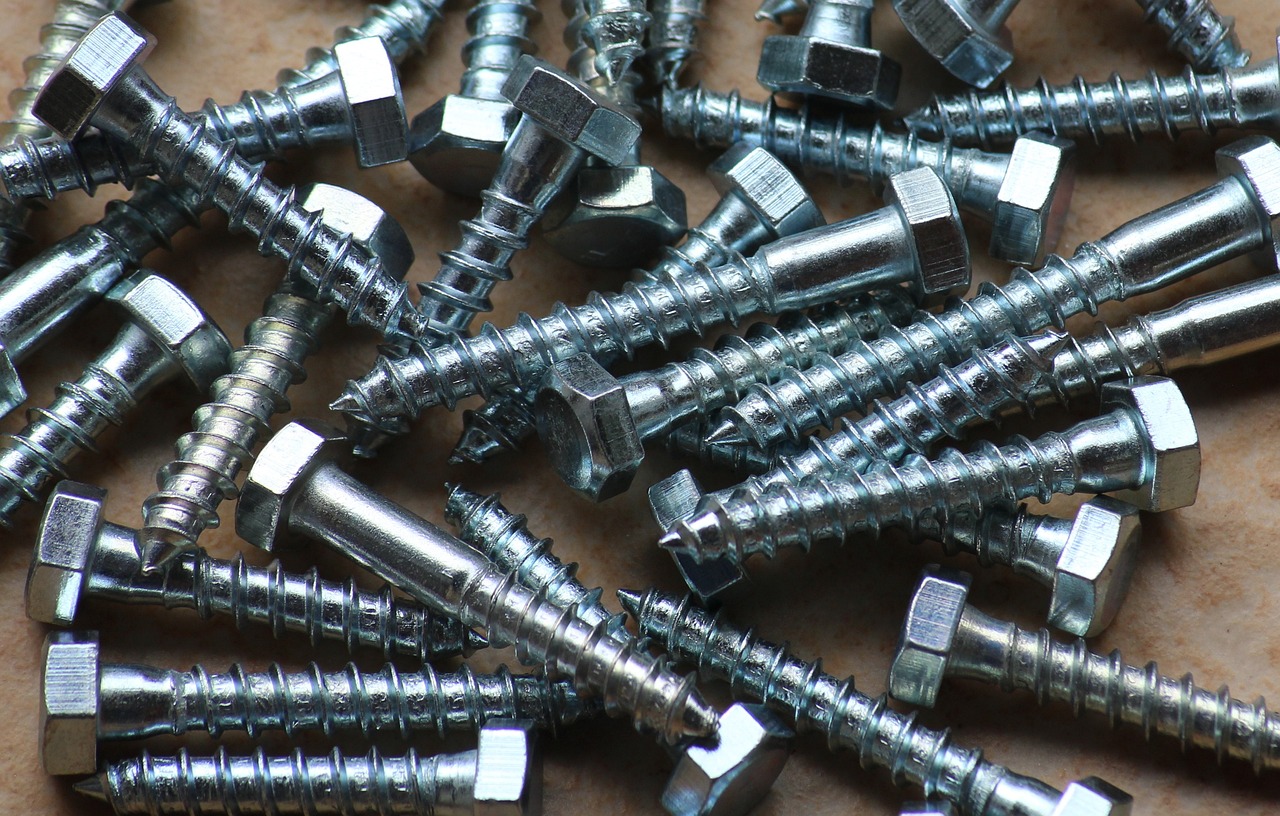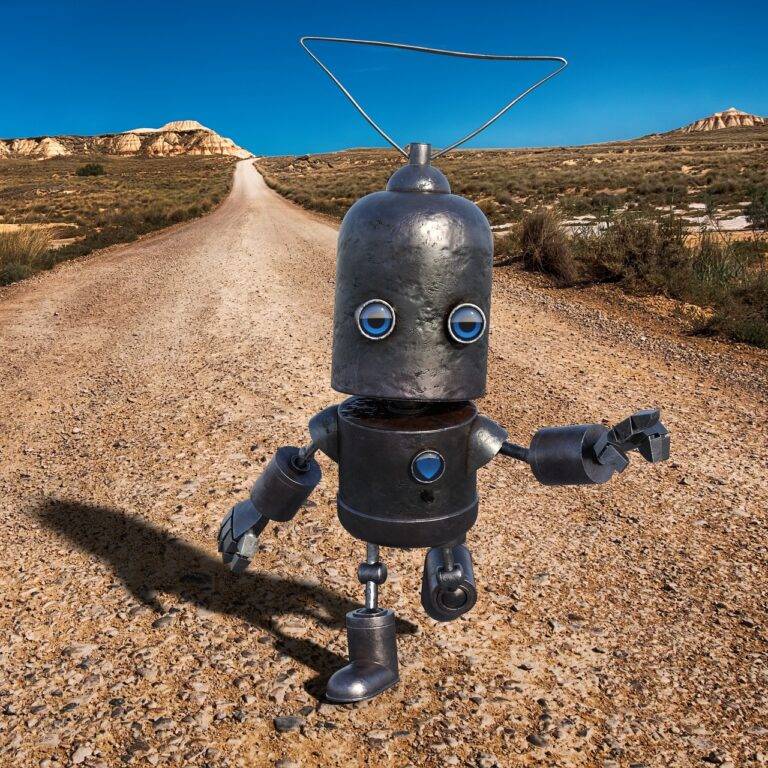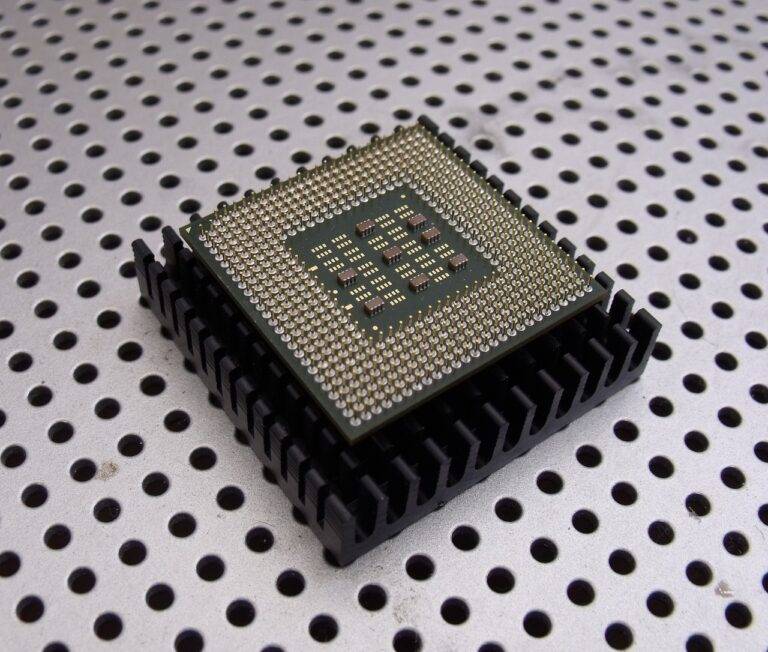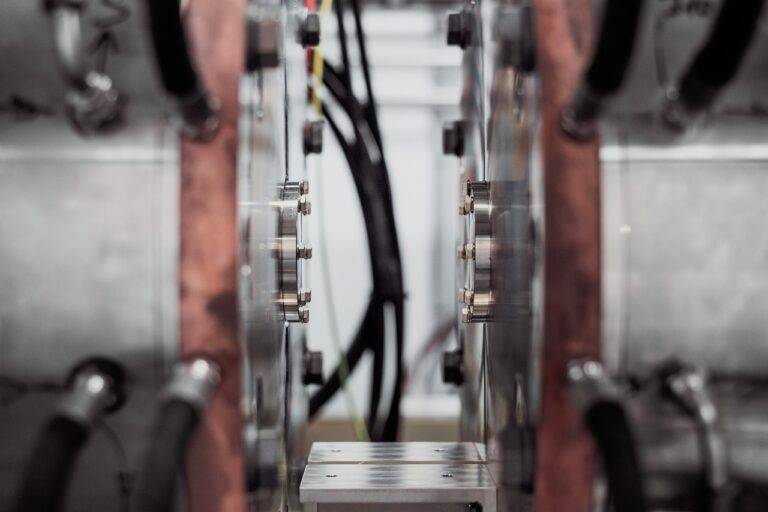Cyber-Physical Systems: Integrating the Virtual and Physical Worlds
A cyber-physical system (CPS) is a sophisticated integration of computation, networking, and physical processes. These systems are characterized by their ability to interact and communicate with the physical world through sensors, actuators, and controllers. CPSs enable the seamless merging of the physical and virtual realms, leading to a dynamic and interconnected environment.
At the core of a CPS is the integration of computational algorithms with physical components to monitor, control, and optimize processes. These systems are designed to adapt and respond to real-time data inputs, enabling them to make autonomous decisions and adjustments. Ultimately, CPSs aim to enhance efficiency, productivity, and safety in various domains, such as manufacturing, transportation, healthcare, and infrastructure.
Evolution of Cyber-Physical Systems
Over the past few decades, the evolution of cyber-physical systems has been remarkable. With the advancement in technologies such as sensors, actuators, communication networks, and computing systems, cyber-physical systems have become more sophisticated and interconnected. This evolution has enabled these systems to collect and process vast amounts of data in real-time, leading to more efficient and effective operations in various industries.
Moreover, the integration of artificial intelligence and machine learning algorithms into cyber-physical systems has further enhanced their capabilities. These intelligent systems can now autonomously adapt to changing conditions, predict potential failures, and optimize performance in dynamic environments. The evolution of cyber-physical systems continues to shape the way we interact with the physical world, revolutionizing industries such as healthcare, transportation, manufacturing, and smart cities.
Key Components of Cyber-Physical Systems
Cyber-Physical Systems (CPS) consist of interconnected computing devices, mechanical and digital machines, objects, and even living organisms that are deeply integrated and work collaboratively to monitor and control physical processes. These systems rely on various key components to function effectively in different applications and industries. One essential component of CPS is sensors, which are used to collect data about the physical world and provide real-time information to the computing system for decision-making and control.
Actuators play a crucial role in CPS by translating digital control signals into physical actions, allowing the system to interact with and manipulate the physical environment. These components are responsible for executing commands based on the feedback received from sensors, enabling CPS to respond dynamically to changes in the environment. Additionally, CPS often incorporate communication networks that facilitate the exchange of data and information between different components, enabling seamless coordination and synchronization of actions within the system.





